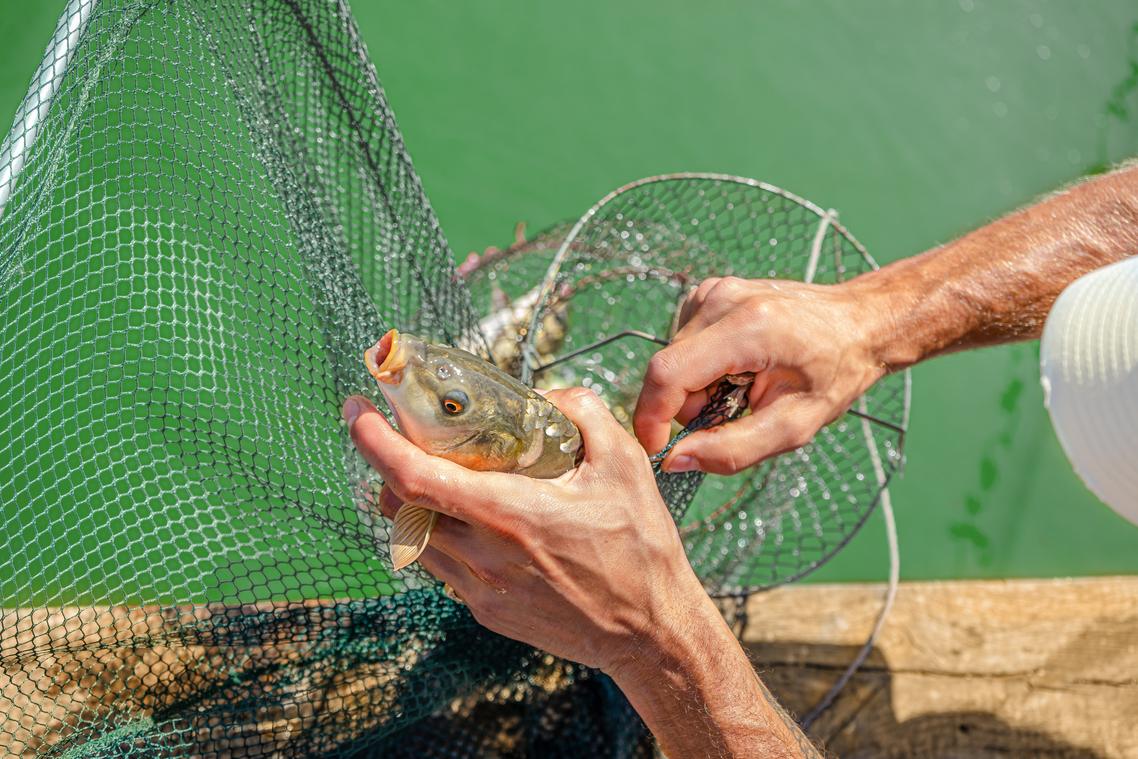Dosage:
- 0.8 – 1.2% for sturgeon
- 1.2 – 1.7% for salmon
- 0.2 – 1.0% for carp
Functional Actions:
- Exhibits antioxidant properties
- Adsorbs toxins
- Improves the structural and mechanical properties of pellets
Characteristics:
- Fully organic
- Compatible with all feed components
- Suitable for all fish species
- Does not affect the organoleptic properties of the final product
- Does not alter the chemical quality of water
- Non-accumulative and non-abrasive, unlike heavy and abrasive mineral additives, it does not damage the mucous membranes of internal organs
Antioxidant Properties:
Lignin possesses antioxidant properties based on its interaction with active radicals. Incorporating lignin into feed reduces the acid number and the amount of hydroperoxide compounds, helps preserve the amino acid composition and vitamins, positively affecting the physiological state of the fish and extending the shelf life of the feed. It also helps retain omega-3 fatty acids and reduces oleic acid content.
Adsorbing Properties:
The increase in the intensity of peroxide processes in fish, especially in the liver, occurs under the influence of various toxic substances (heavy metals, mycotoxins, bacterial toxins, xenobiotics, radionuclides, etc.). Lignin adsorbs both polar and non-polar mycotoxins, toxins from pathogenic microorganisms, and other poisons from the digestive tract before they are absorbed into the bloodstream. It forms irreversible complexes with mycotoxins, which are not broken down throughout the digestive system and are excreted naturally. Reducing the amount of toxic substances in the gastrointestinal tract decreases their entry into the bloodstream, thereby reducing the functional load on the liver and allowing it to more fully utilize its detoxification potential to mitigate the effects of toxicosis.
Structural and Mechanical Properties:
- Enhances the physical properties of pellets: strength, hardness, and water resistance
- Increases the homogeneity of the feed composition
- Reduces pellet crumbling, feed loss during feeding, transportation, etc.
- Reduces dust and energy costs in feed production
Using lignin increases the bulk density of pellets and the swelling time in water, which in turn reduces feed consumption during feeding and the final cost of marketable fish, while also improving feeding efficiency and the ecological condition of the water body.

